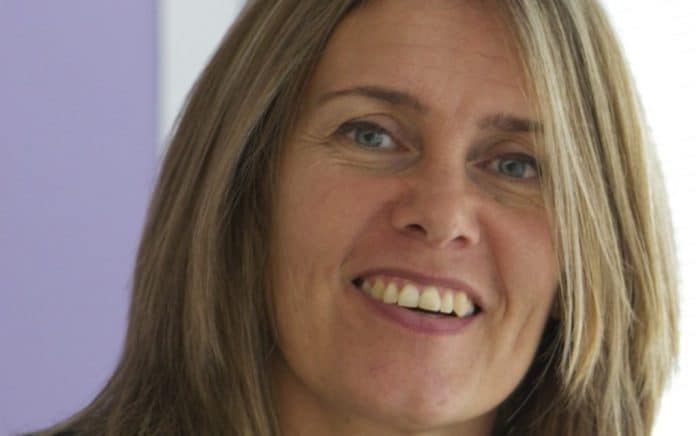By Alice Jordan
No, this article is not about redundancy, quite the opposite in fact. What we’re talking about here is when it’s time for accountability of people to pass from the leader of the business, to an HR specialist, in-house or external.
Growing from a micro business to a small business and on to a medium-sized business can be hugely exciting, but is not without its pitfalls. Growth of a small business can be one of the most painful parts of business development, rapidly growing from one or two employees to perhaps a couple of hundred in a relatively short space of time.
Many business owners start a new company with an idea, an innovation, or service that they are pretty good at and can make a success of. As the business grows, the day-to-day operations of a business start to take over and future success lies in the capability and support of a team.
If we really want our people to improve business performance, not only do we need to be able to make sure that the basics such as recruiting is being done well, we also need to be able to come up with innovative people practices around areas such as resourcing and performance development. As the business continues to grow, it gets to a point where business development becomes more planned in its approach and more attention is paid to resourcing, sharing vision and values and retaining staff. It also needs to be able to monitor and have greater insight into resourcing trends, people capability and how robust its people strategy is to maintain momentum and long-term growth.
Many HR models are very sophisticated and aimed at large corporates managing hundreds of employees across different departments and across different territories. These can be a sledgehammer-to-crack-a-nut for the SME that needs immediate help with resourcing and HR planning.
The CIPD produced a piece of useful research which simplifies the stages of business growth and identifies four distinct stages of SME transition – Achieving Sustainable Organisation Performance Through HR in SMEs. Each of the four stages of transition are characterised by different people management issues and opportunities.
Entrepreneurial Edge
Characterised by an informal, fluid structure and process, usually with no HR role and driven by the owner of the business, according to immediate business need.
Emerging Enterprise
More formalised job roles and structure is required, although the organisation still remains flexible and reactive to business demands. New HR process may be introduced such as recruitment, induction and minimal reward packages.
Consolidating Organisation
The organisation becomes more reflective and proactive in its approach to its people. Evaluation of the approach taken to building people capability may take place, looking at how it can be improved and taking a more strategic approach to getting fit for future growth. At this point the organisation is usually ready for an HR resource that can bring new insights into how to get the best from its people, albeit still with a handle on some of the operational aspects of HR.
Established Organisation
A longer-term strategic approach is taken to all elements of HR including shared vision and values, analysis and insight into employee skills and capabilities required for growth. Attention is given to culture, employee engagement, retention and attraction. This is a time for training for the right skills and a more structured leadership development programme to help bring on a pipeline of talent.
Each of these stages requires a transition period and recognition of when it is time to bring in the right HR resource. Innerstrengths has identified four key pressure points, which indicate it’s time to think about letting go of your people and getting in the right HR resource:
- I’m spending too much time micromanaging the detail – not enough time leading the business forward
- I’m not sure I’ve the right team around me to take the business forward
- My people appear to be underperforming, unhappy or leaving
- The environment within which the business is operating is changing and we rapidly need to scale up or down for growth
Letting go of your people can be a very difficult transition to make, especially for the entrepreneur with an interest in every aspect of the business, but entrepreneurs need to focus on what made them successful in the process, whether it is the product, service or innovative route to market and concentrate on developing the strategy for growth. It’s a time for reflection, taking a step back and allowing the emerging leaders and managers of the organisation to take the business forward to the next level of growth.
Alice Jordan, pictured above, is MD of specialist SME HR Consultancy innerstrengths
www.innerstrengths.co.uk

